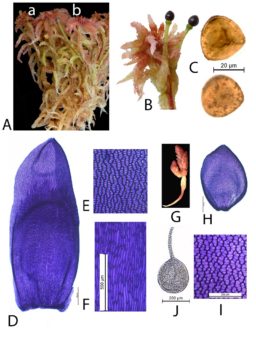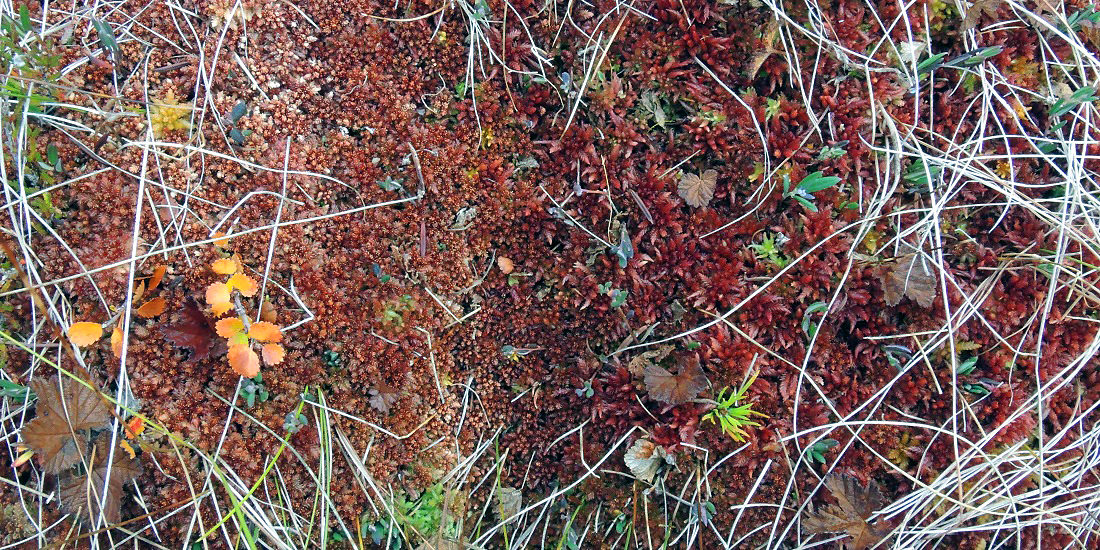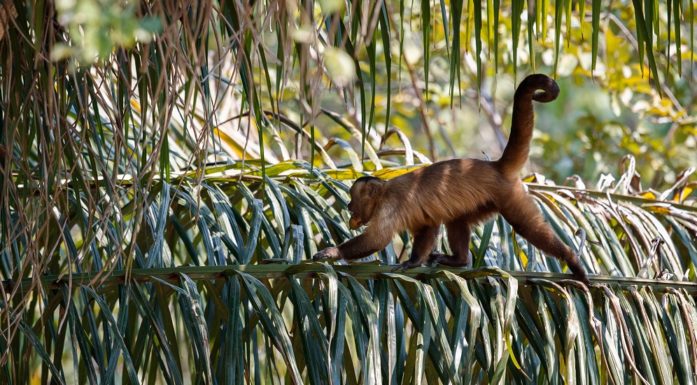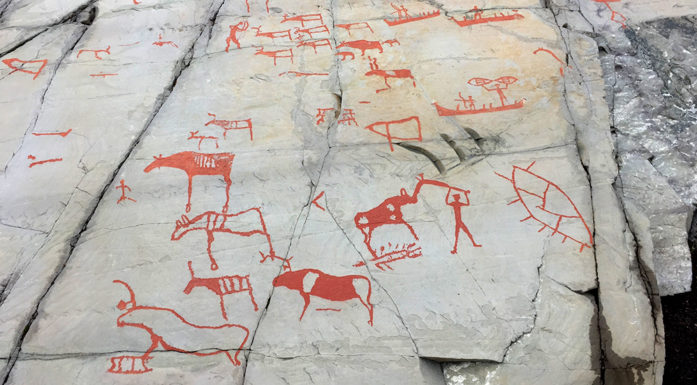Norwegian public asked to name a species
The moss world will never be the same. The moss Norwegian researchers thought they knew has played a trick on them. In return, researchers are calling on the Norwegian public to name a new species.
The moss equivalent of the fruit fly, the species that everyone thought they knew, consists of at least three different species. One species is even new to science.
“We’ve worked quite a bit with the peat moss’s ‘fruit fly’, a species commonly known as Magellan’s peat moss with the scientific name Sphagnum magellanicum,” says Professor Hans Stenøien at the NTNU University Museum’s Department of Natural History.
Magellan’s peat moss has been popular with ecologists and nature enthusiasts because it is so easy to recognize in the field. Unlike most other types of peat moss, this is a widespread species found in both northern and southern hemispheres, and has been considered a species that more or less all moss enthusiasts could recognize in the field. Or so they thought.
But as it turns out, it’s not that simple.
- You may also like: Mapping life’s barcodes in Norway
Shake-up in the moss world
Professor Stenøien, Associate Professor Kristian Hassel and the rest of the moss experts at the museum have taken on writing a paper that is bound to create some shake-up in the moss world.
“We’ve done extensive studies of this species – on its appearance, morphology, transplanting experiments in the field, cultivation trials in the lab, genetic and genomic analyses – and we’ve concluded that Magellan’s peat moss actually consists of several species, so it’s not simple at all,” says Stenøien.

Illustration showing Sphagnum divinum: A. Male plant (a) and female plant (b) with spore capsule. B. The top of the plant with two sporophytes. C. Spores D. Leaf from the base of the sporophyte. E and F. Cell structure on the convex side of a leaf from the base of the sporophyte. E. Upper part of leaf. F. Lower part of leaf. G. Branches from male shoot with antheridia. H. Leaf from base of antheridium. I. Cells on the convex side of leaf from base of antheridium. J. Antheridium, where male sperm cells are formed. Illustration: NTNU University Museum
To make a long story short: Sphagnum magellanicum is found only in South America. Norway has a species that grows in marshes, which for specific reasons must be called Sphagnum medium, an old name for this species.
“In addition, we have another species that grows more along a marsh’s periphery that we’re calling Sphagnum divinum,” Steinøien says.
This designation is a new species to science that is ecologically and genetically very distinct, he says.
“Although the two species in Norway most often grow separately, we sometimes find them growing side by side, and then it’s clear that they look different,” Hassel says.
You can compare the species in the image at the top.
- You may also like: Peat mosses: the bane for our existence
Calling for public input
“We need to find a new common name for Sphagnum divinum. Sphagnum medium will most likely keep the common name Magellan’s peat moss, but our new species needs a brand new name,” says Stenøien.
Divinum is Latin for “divine.”
“That name was decided on by the moss group at an outdoor restaurant in the Alps in scorching sunshine last summer, at the end of a long day in the field with a cold beer in hand and ‘google translate latin’ entered on their mobile,” says the professor.
The Latin name seemed just as good a day later, but they haven’t come up with any Norwegian name yet. That’s what they hope you can help them with — if you can speak Norwegian. (See contact information at the end of the article.)
What species were they studying?
Professor Stenøien says their findings have raised some interesting issues.
“This creates problems. For example, in all the articles published about studies of magellanicum, were the researchers actually looking at medium or divinum or something else?” he says.
It may be that researchers have been studying a completely different species than they thought for years.
“There’s a hell of a lot of work involved in understanding species diversity, but a lot of valuable insights can come from it. In our case we’re talking about something that I think is the first published example of so-called ‘ecological species formation’ in peat moss,” Steinøien says.
Ecological species formation means that one species becomes multiple species as a result of differing environments. It happens when one species lives in several different habitats. These habitats provide slightly different conditions and thus benefit slightly different characteristics. Over several generations, the selection pressure on these different characteristics can result in separate species that cannot interbreed, or at least do not yield offspring that can propagate further.
“We know maybe ten per cent, or less, of all the species in the world. The work we’re doing at the NTNU University Museum contributes to our understanding of the world’s diversity, and how biodiversity is created through evolution,” says Stenøien.
One of those species could soon bear a name that you’ve come up with.
Do you have a suggestion for a new common name — in Norwegian, of course — for the peat moss species Sphagnum divinum? If so, you can contact [email protected] or [email protected].





